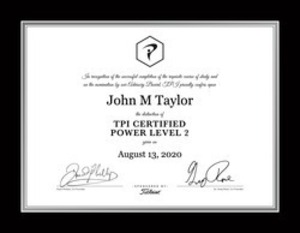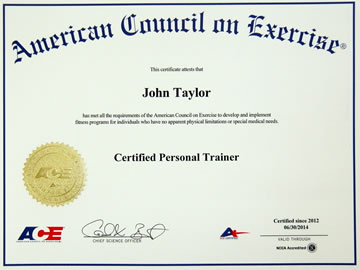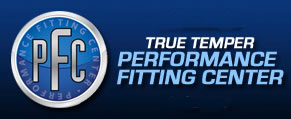"Two Clubs Longer"
I couldn't resist examining this recent advertising claim "up to two clubs longer" from an OEM about their latest iron set offering. How can their new 7-iron model yield more distance than your 6-iron? Here's a brief summary of what can be done with clubhead design and a "smoke-and-mirrors" product philosophy and advertising that seems deliberately misleading.
Let's give credit first to a thin alloy club face welded into a sturdy frame to provide a spring effect. It will generate a few extra yards compared to a traditional iron with a thick face. It's proven technology found in many brands. However, it's worth noting that the "spring effect" iron face was originally developed and refined by a custom golf component company.
And now, the distance claim. The "two clubs longer" marketing push reveals the OEM decided the easy way to get more yards from a 7-iron is to design it with a lower loft. Make the 7-iron loft equal to a standard 6-iron loft specification.
Forget about technical innovation. Reducing the loft by 4 degrees is the lazy way to give a 7-iron the same distance as a competing 6-iron. Maybe the OEM thought nobody would notice.
Extending the decreased loft design concept through the entire set gives every iron extra distance. Of course, something must be done at the short iron end of the set to compensate for decreasing loft disease, and marketing folks will call it a "feature". It's the equivalent of "smoke-and-mirrors" in design.
It's difficult to trust a company that would try to trick you into believing that stamping a "7" on the sole of a 6-iron is their best design choice for achieving more yards from a 7-iron. We wonder what else the OEM is hiding behind the marketing smoke.





























 John Taylor
John Taylor
